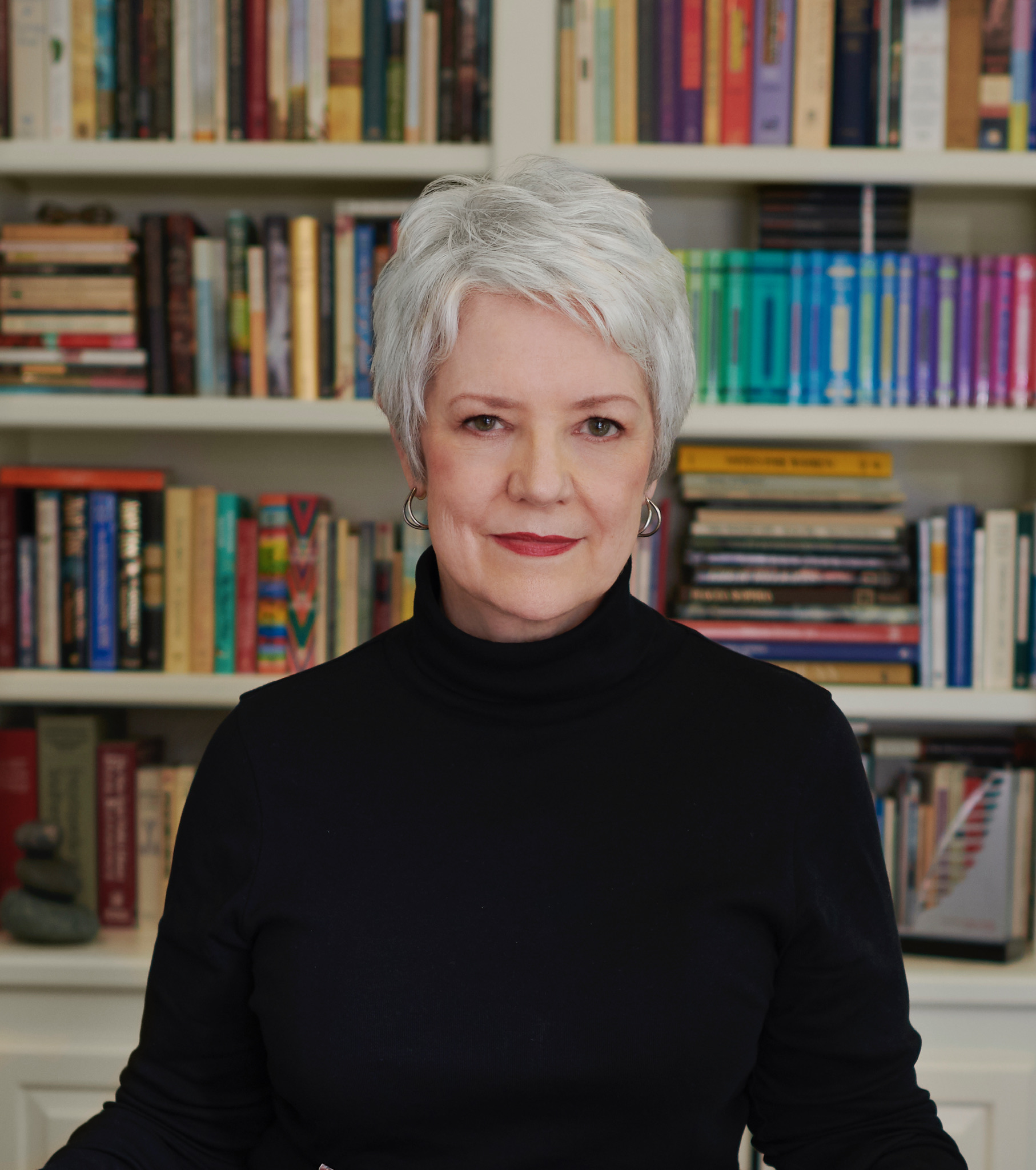One of the first books of poetry I ever bought for myself was You Must Revise Your Life by William Stafford. It was part of The University of Michigan Press series of Poets on Poetry. His poems, essays and interviews on writing, teaching, and performing were a revelation!
I was discovering the writing process at the time and how to facilitate it, and found Stafford’s poems and his thoughts on the teaching of writing poetry to be very relevant. Here are a few that caught my attention: When I Met My Muse, You and Art, Ask Me, and A Course in Creative Writing.
I reread his poem, Rx Creative Writing: Identity, and decided to include it.
Rx Creative Writing: Identity
By William Stafford
You take this pill, a new world
springs out of whatever sea
most drowned the old one,
arrives like light.
Then that bone light belongs
inside of things. You touch
or hear so much yourself
there is no dark.
Nothing left but what Aquinas
counted: he—touched, luminous—
bowed over sacred worlds, each one
conceived, then really there—
Not just hard things: down on
a duck as real as steel.
You know so sure there burns
a central vividness.
It tells you;
all you do is tell about it.
This poem was also later included in The Way It Is, New & Selected Poems. The last poem he wrote the day he would die introduces the book. You can read it in this blog post: William Stafford’s last poem now seemed prophetic—an unintended literary epitaph.
There is a quote on the back cover of You Must Revise Your Life taken from an earlier compilation of his, Writing the Australian Crawl: Views on the Writer’s Vocation. It epitomizes Stafford’s approach to writing.
A writer is not so much someone who has something to say as he is someone who has found a process that will bring about new things he would not have thought of if he had not started to say them.
As part of their Poets on Poetry series, The University of Michigan Press published four books of Stafford’s collections of prose and poetry on the writing profession, the poetics of a new generation. Writing the Australian Crawl was the first, followed by You Must Revise Your Life. The third and fourth volumes, published posthumously, were: Crossing Unmarked Snow: Further Views on the Writer’s Vocation and The Answers Are Inside the Mountains: Meditations on the Writing Life.
I also very much enjoyed reading the biography written by his son Kim, Early Morning: Remembering My Father, William Stafford. The lines from his most profound and favorite poem, The Way It Is, were used as chapter headings. I’ve posted more of his poems on The Uncarved Blog.
Stafford and other trailblazers of the writing process are mentioned in this related blog post: The perils of praise or blame for young writers. New ways to help students find their own voice.
I was naturally influenced by what I was reading and experiencing at the time. Some of my first inspired attempts were very meta, commentaries on Writing—a poem on the writing process, and Sometimes Poetry Happens: a poem about the mystery of creativity.
New York poet laureate Marie Howe’s experience captured in her poem, Annunciation, and her conversations with On Being’s Krista Tippett and The Millions’ Alex Dueben, reveal a profound understanding of how poetry vividly comes to and through us.
William Stafford and Mary Oliver on an inner light
William Stafford describes “then that bone light belongs inside of things. You touch or hear so much yourself there is no dark. You know so sure there burns a central vividness.”
Mary Oliver’s uses similar imagery in her poem, White Owl Flies Into And Out Of The Field: “maybe death isn’t darkness, after all, but so much light wrapping itself around us—that is without the least dapple or shadow, that is nothing but light–scalding, aortal light—in which we are washed and washed out of our bones.”
These great poets remind us that, at our core, we are essentially pure light. All they do is listen and tell about it.
— Written and compiled (citing sources) by Ken Chawkin for The Uncarved Blog.


